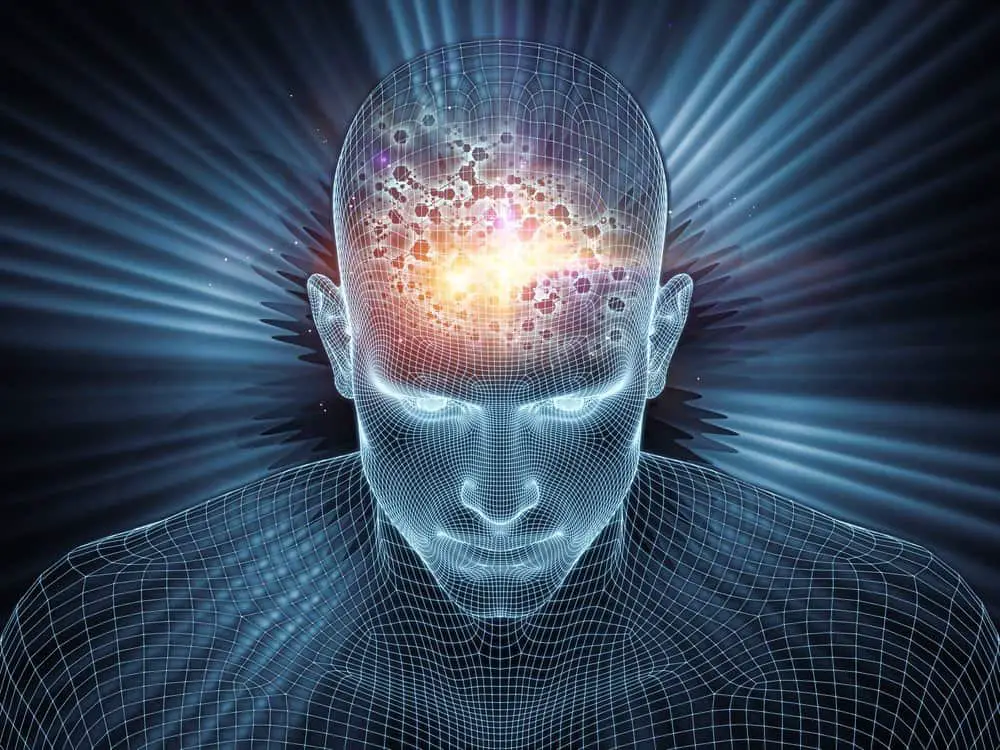The emergence of artificial intelligence (AI) has dramatically impacted various industries, offering new potentials and raising critical topics of concern. Its ability to improve cost, quality, and access has made AI implementation appealing to many fields of human activity. One area where AI has been particularly transformative is in human resources (HR) management and employee experience.
The integration of AI in employee experience and HR management is reshaping the way businesses operate, creating new opportunities for improved performance and agility. By leveraging change management models like Lewin’s Force Field theory and the ADKAR model, HR leaders can successfully navigate the challenges associated with AI implementation and lead their organizations toward greater achievements and success.
In order for HR to leverage AI and shape the future of work, proper change management models must be adopted to support organizations in redefining their operations for improved performance and agility. HR leaders face challenges in integrating new technology into existing human forces and leading businesses to great achievements and success.
Change management strategies and policies should consider the forces that lead to change or resistance, as explained by Lewin’s Force Field theory, especially in AI application where fear of the unknown is particularly significant.
Lewin’s Force Field Theory
Force field theory is a model for analyzing and defining decision situations where changes in either direction or magnitude are required. The model explains forces that lead to change (driving forces) and forces that restrain it (restraining forces). In order for change to occur, the driving forces for change must exceed the restraining forces.
Applying Lewin’s model to analyze AI implementation can be understood through three stages: unfreezing, moving, and refreezing.
Unfreezing
HR managers should create motivation and prepare the groundwork for AI implementation. Communication policies should be applied to provide employees with knowledge and support for the new situation. Some organizations fall into the trap of spending most of their budget on the new AI solution, and not nearly enough on training.
Moving
Employees should be empowered to embrace the change and adopt the new working system introduced by the employment of AI in various tasks of the working system.
Refreezing
HR should apply tactics such as praise, reward, and reinforcement to consolidate the use of AI and establish a new order.
ADKAR Change Model in AI Implementation
The ADKAR change management model, developed by Jeff Hiatt in 2003 and introduced as a practical tool by Prosci, provides HR managers with a strong and useful tool to facilitate change, understand employees’ response to AI application, support transition periods, and create the proper environment and skills for achievement and stabilization of new working procedures combining human and AI talents.
The ADKAR model includes five steps for the successful use of AI: awareness, desire, knowledge, ability, and reinforcement.
Awareness
At this stage, employees must understand the nature of change, the reasons for AI implementation, and the risks of not adopting it. Strategies for building awareness include the use of different media to communicate the pros and cons of AI, share HRM goals for adopting AI, and train employees to incorporate AI into their personal working tasks.
Desire
Motivation and personal choice are critical in supporting and getting involved in change. Actions and words of HR leaders greatly influence employees’ desire for change. Strategies for this stage include involvement of senior leaders in addressing concerns about AI application, dealing with issues and problems emerging from the new technology, demonstrating the benefits of AI introduction, supporting change, understanding employees’ objections and concerns about their future jobs, and engaging the workforce in the AI adaptation process.
Knowledge
At this stage, HRM should focus on training for skills and behavior the AI applications need, providing information concerning the function of the new processes and new rules and roles of responsibility related to the new working process. Strategies for developing knowledge include analyzing current and future needs offered by AI application, designing proper training programs for easy AI adaptation, organizing personal coaching for difficult tasks, and involving great users, groups, and forums of AI users from other fields.
Ability
The capability of the workforce to implement AI applications to their working tasks is demonstrated through achievements of
change. The strategies to reach higher performance levels include personal coaching to fill in gaps in employees’ skills and abilities from their experience with AI collaboration, creating a safe working environment to practice the new conditions, and mentoring AI expertise while measuring AI performance.
Reinforcement
At this stage of change management, all actions focus on stabilizing and strengthening the change. Employees are encouraged to support the implementation of AI applications even after their initial adaptation. Strategies to consolidate change include recognizing AI implementation, providing feedback on its use and coexistence with previous procedures, and conducting constant reviews of performance data.
AI application and implementation present significant potential in addressing important challenges, but may also be limited by the quality of data provided and the workforce’s inability to properly integrate the technology. Instead of resisting AI and losing the advantages it offers, HR professionals must cultivate the proper knowledge and background for the opportunities brought by new technologies.
As AI continues to evolve, HR professionals must remain proactive in developing strategies that address the fears and concerns surrounding AI adoption while capitalizing on the benefits this technology offers. By doing so, they will create a more dynamic, efficient, and adaptive workforce that will thrive in an ever-changing business landscape.

